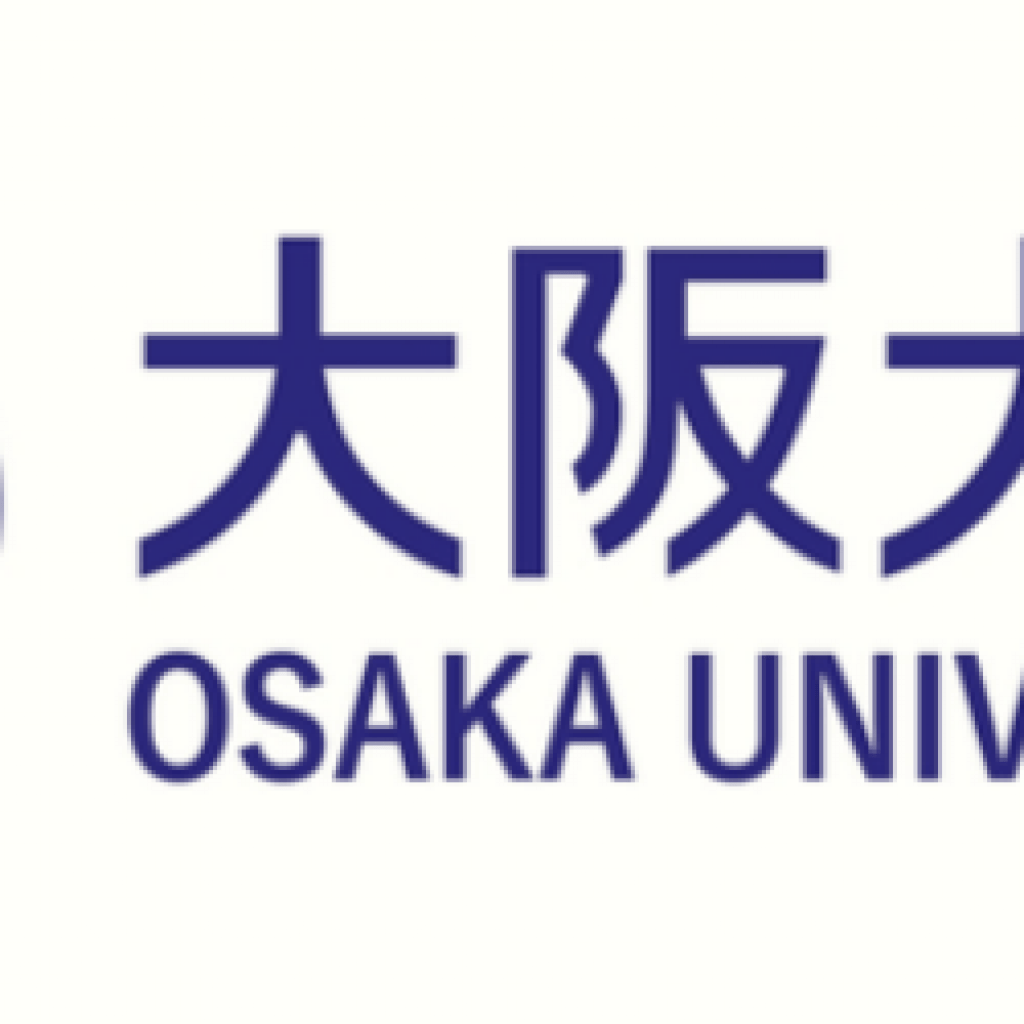(ScienceDaily) Researchers at Osaka University have used a nanoantenna to focus light onto a single semiconductor nanobox. This approach will enhance the utility of quantum repeater technology currently under development for advanced communication and data storage. Such technology is essential to overcoming the limitations of classical computer information for securely sharing information over long distances.
Classical computer information is based on simple on/off readouts. It’s straightforward to use a technology known as a repeater to amplify and retransmit this information over long distances. Quantum information is based on comparatively more complex and secure readouts, such as photon polarization and electron spin. Semiconductor nanoboxes known as quantum dots are materials that researchers have proposed for storing and transferring quantum information. However, quantum repeater technologies have some limitations. Current ways to convert photon-based information to electron-based information are highly inefficient. Overcoming this information conversion and transfer challenge is what the researchers at Osaka University aimed to address.
“The efficiency of converting single photons into single electrons in gallium arsenide quantum dots — common materials in quantum communication research — is currently too low,” explains lead author Rio Fukai. “Accordingly, we designed a nanoantenna — consisting of ultra-small concentric rings of gold — to focus light onto a single quantum dot, resulting in a voltage readout from our device.”
The researchers enhanced photon absorption by a factor of up to 9, compared with not using the nanoantenna. These results have important applications. Researchers now have a means of using well-established nano-photonics to advance the prospects of upcoming quantum communication and information networks. By using abstract physics properties such as entanglement and superposition, quantum technology could provide unprecedented information security and data processing in the coming decades.
Osaka researchers fabricate a nanoantenna that will help bring quantum information networks closer to practical use
